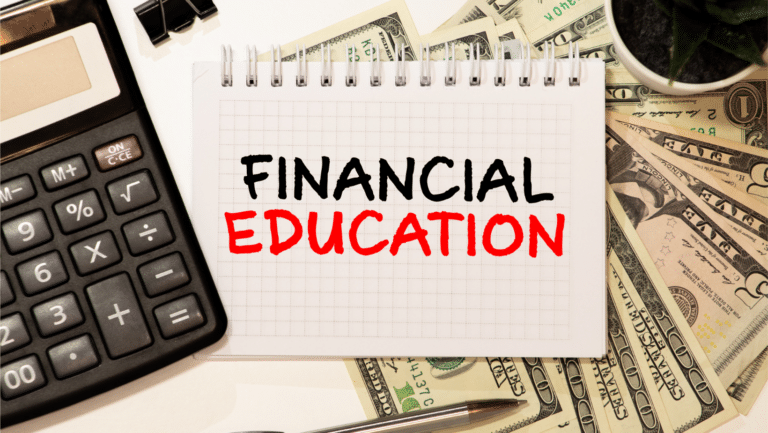Ep. 47 Launch Financial- Earnings Season & Return To Work Controversy
Overview: Check out this week’s episode of Launch Financial with Ashley & Brad as we discuss a huge earnings week and the delta variant’s impact on company’s decisions regarding return to work. Check out the links in the show notes for our Financial Planning Checklist for College Grads and Short and Long-Term Goals blog. What…




